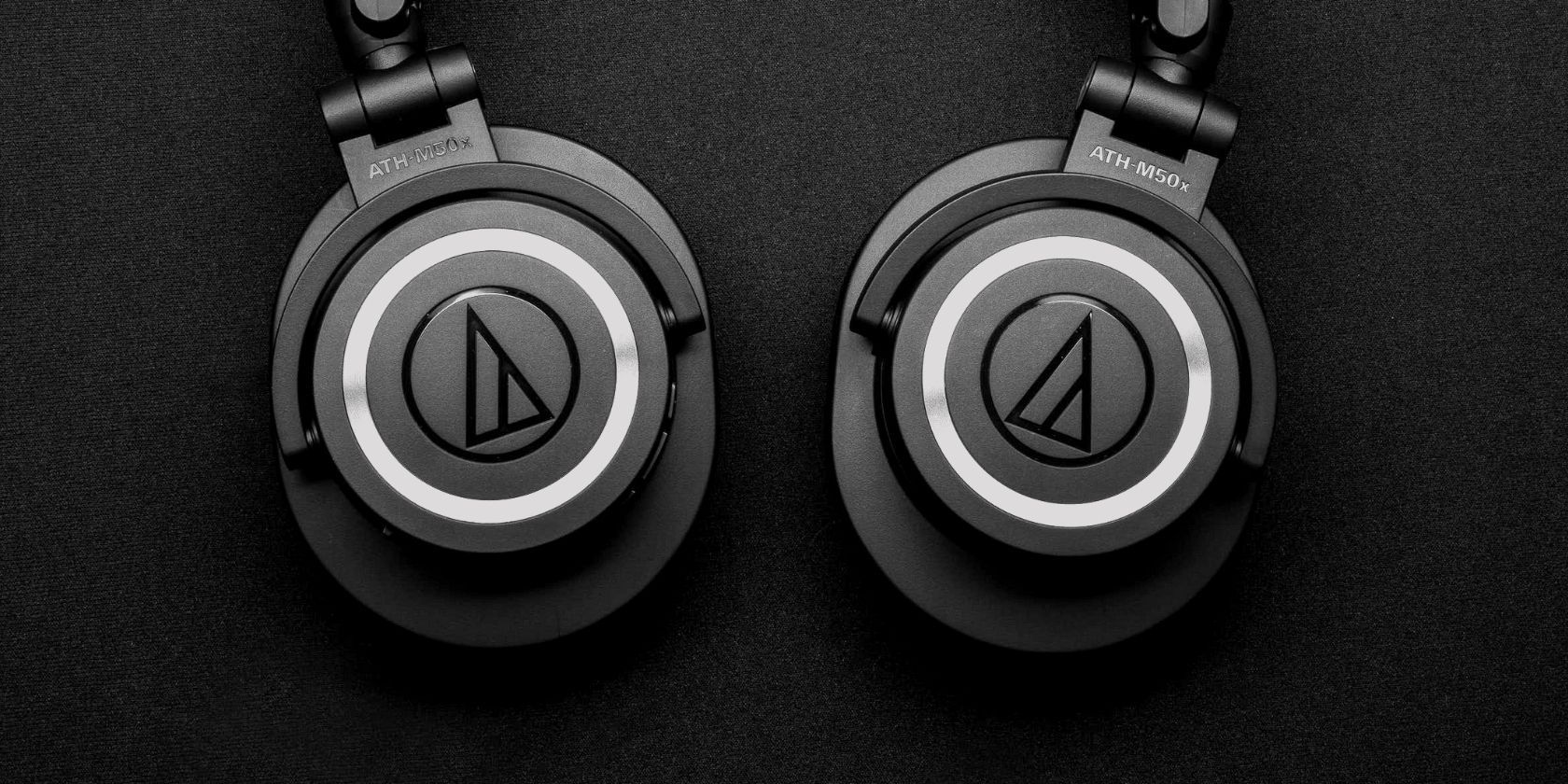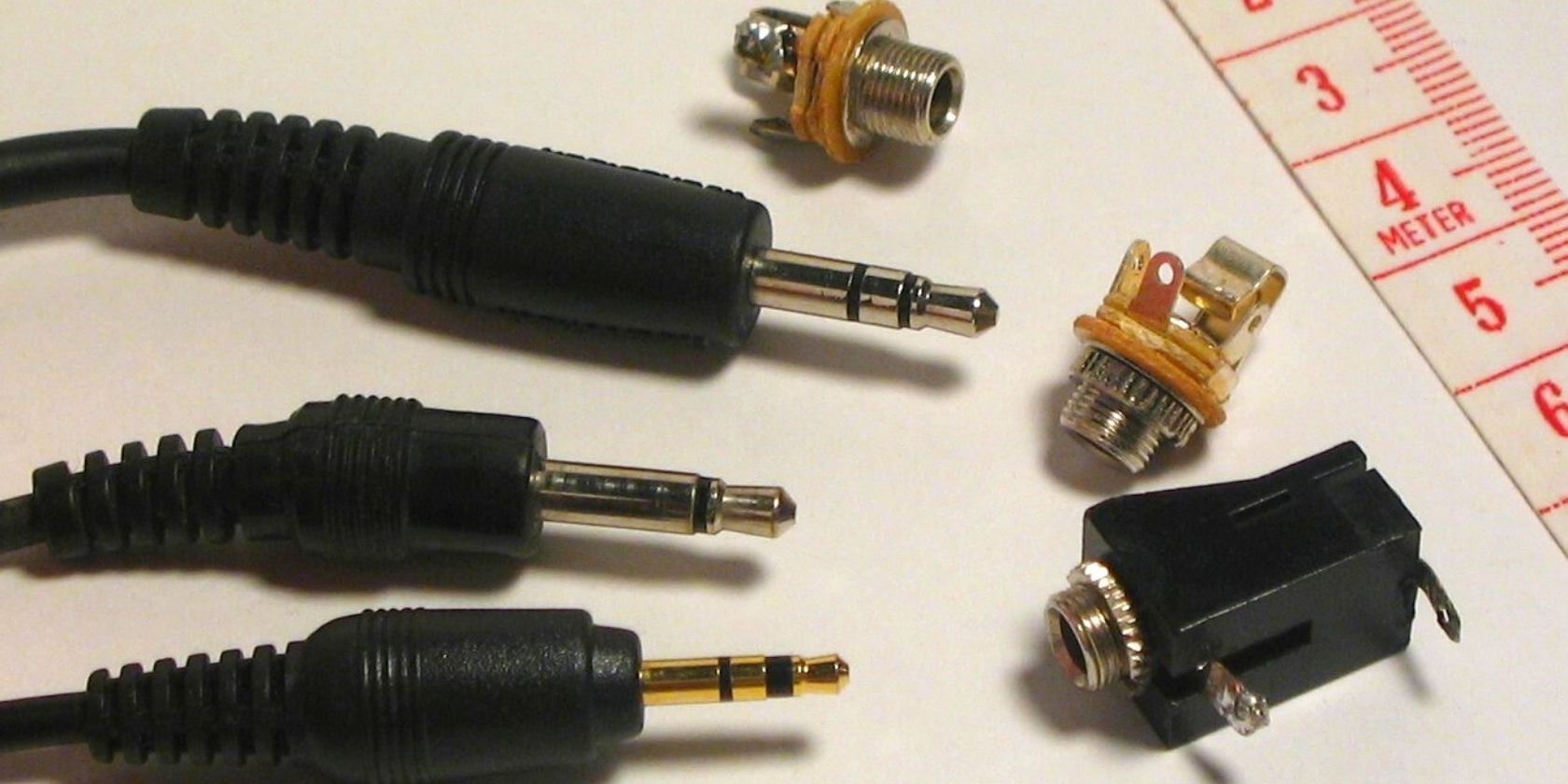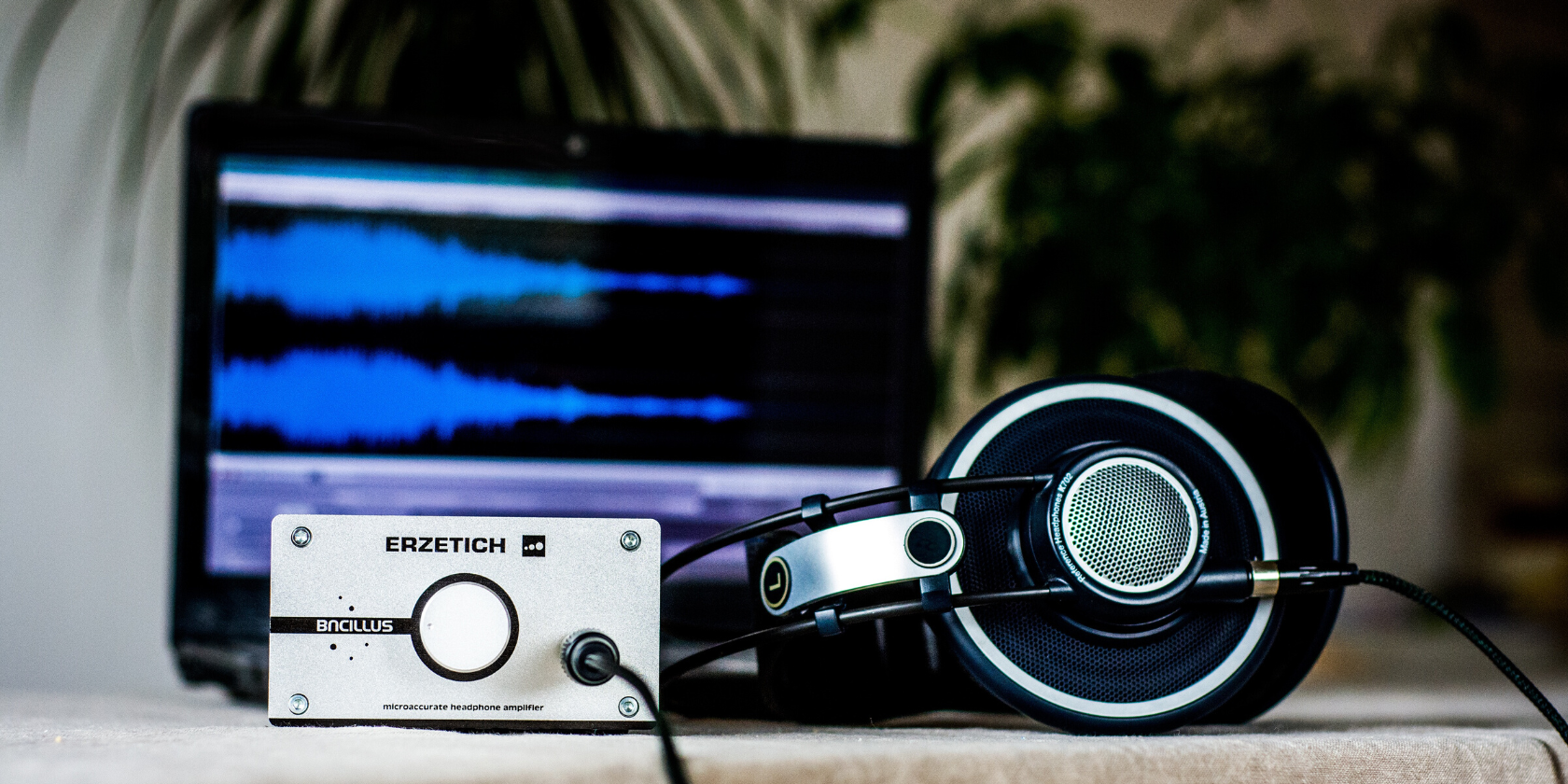Buying new headphones and earbuds is no less than a treat. There are so many options to choose from, and it's exciting to imagine what's in store for you. But at the same time, it's also a gamble because you might buy headphones you won't like, be that comfort or sound quality.
To clear this confusion, we're checking out the factors that affect sound quality in headphones, understanding how they affect your experience, and figuring out which tuning is right for you. We'll also see how different headphone brands tune their products to get a brand-specific sound.
6 Things That Affect Headphone Sound Quality
Several factors affect the sound quality of headphones and earbuds. Let's take a look at each of these factors and understand their importance.
1. Types of Headphone Driver
There are a total of six types of headphone drivers, including dynamic, balanced armature, planar magnetic, electrostatic, bone conduction, and hybrid drivers. Each of these drivers has different properties and strengths and produces sound differently.
Dynamic drivers are the most common type and are found in most headphones since they are the cheapest to produce. Note that the quality of a driver can also vary, which means a well-engineered dynamic driver can beat a poorly made planar magnetic driver.
2. Types of Bluetooth Codec
Wireless headphones or earbuds use a software program called a codec to transmit audio. There are a variety of Bluetooth codecs such as aptX, LDAC, AAC, SBC, LDHC, Samsung Scalable, and more. All codecs have a different bitrate, sample rate, bit depth, and latency.
Due to this, some codecs are better suited for gaming and media consumption, while others are better for music listening. If your priority is sound quality, you want the codecs with the highest bitrate possible which are LDAC, LHDC, and aptX Lossless.
3. Types of Headphone Design
Most headphones have a closed-back design which is like having a wall between you and the outside world; ambient noise can't come in and music can't leak out the headphone body. Most people prefer it this way since it offers a more private listening experience.
In comparison, listening to music from open-back headphones is like sitting near an open window with a speaker inside the room; ambient noise can come in, and music can leak out. Due to this, open-back headphones enjoy a wider soundstage and better audio imaging, but a person next to you will be able to hear what you're listening to.
4. Types of Headphone Plug
There are four types of headphone plugs: TS, TRS, TRRS, and TRRRS. Each type of plug has a different number of connectors. TS has two, TRS has three, TRRS has four, and TRRRS has five connectors. TRRS is the most common 3.5mm plug, but it cannot play truly balanced stereo sound since that requires at least five connectors.
Balanced stereo sound adds a sense of depth, direction, and distance to your music meaning you'll be able to differentiate sound coming from far away or near, left or right, behind or ahead, and above or below you. This is possible only via TRRRS plugs.
5. Earpads Size and Material
The bigger the earpads, the more distance there is between your ears and the speaker which simulates the feeling of a wider soundstage. And the better the earpads fit on or around your ears, the more proper a seal they can create which helps isolate ambient noise and reduce unwanted hisses and hums from your music.
In over-ear headphones, leather (real or synthetic) and velour are the most common materials. In wired earphones or earbuds, you have silicon or foam eartips. The latter is preferred among audiophiles since it's softer and can "remember" the shape of your ear canal.
6. Custom EQ Tuning by Audio Manufacturers
Audio manufacturers often manually tweak the EQ of their headphones to build a custom sound signature. There are seven types of headphone sound signatures, including flat, balanced, bright, V-shaped, dark (extra bass), warm, and analytical.
Most consumer-grade headphones and earbuds are tuned closer to V-shaped sound signature. High-end headphones usually have a more balanced or flat signature.
How to Decide What Tuning Is Right for You?
To decide what tuning is right for you, you first need to figure out what you want from your music. Different sound signatures have different qualities which makes them ideal for different purposes. Take a look:
- Flat or Neutral: All frequencies are set at (roughly) the same value, allowing the most accurate sound reproduction possible.
- Balanced: Similar to flat but more fun-sounding with slightly elevated lows and highs without sacrificing too much detail.
- V-shaped or Colored: The most fun-sounding signature with greatly elevated lows and highs at the cost of losing detail and clarity.
- Bright or Sparkly: Greatly elevated highs for sharp and "revealing" sound, but bass is underwhelming. Prolonged listening leads to fatigue.
- Dark or Bassy: Greatly elevated lows for loud and thumpy bass at the cost of overpowering mids and highs.
- Warm: Similar to dark but less intense with slightly elevated lows that don't overpower mids and highs. Prolonged listening won't hurt your ears.
- Analytical or Clinical: Similar to bright but less intense with slightly elevated highs and less suppressed bass.
You're free to experiment based on your preference, but here's our recommendation to get you started: V-shaped signatures work the best for casual listeners, while balanced and flat signatures are better suited for audiophiles and artists.
Avoid bright and dark signatures if you can since they overpower other frequencies. Warm is best for relaxed casual listening; analytical is best if you want a bit more detail and clarity.
Why Audio Brands Custom Tune Their Headphones
Headphone manufacturers tune their products for a simple reason: building and maintaining brand identity. Each brand has a recognizable sound signature. For instance, Beyerdynamic and Shure headphones often have a flat signature but Sony, Audio Technica, and Sennheiser usually have a balanced sound (although some models can greatly vary).
Bose usually delivers extra bass but AKG likes to reveal more detail. Beats by Dre and Skullcandy often go for a sharp V-curve. Apple and Samsung are still finding their sound, but their earbuds are usually a mix of balanced and V-shaped, sometimes called a "U-shape."
How Do Manufacturers Tune Your Headphones?
When picking a headphone or a pair of earbuds, it's important to remember that listening is a very personal experience. No matter what reviewers or audiophiles say, at the end of the day, if it doesn't sound good to you, it's not the right headphone for you—simple as that.
Headphone tuning is a combination of different factors, including the drivers, manufacturing material, earpad thickness, quality of materials, and much more. Take this Reddit comment from an audio engineer as a prime example of the efforts that go into tuning your headphones:
It varies depending on what type of headphone you're designing. For a typical single driver in-earphone with a moving-coil ("dynamic") driver, it looks something like this:Driver:
- Diaphragm size,
- Diaphragm thickness (weight),
- Diaphragm material,
- Corrugations in the surround of the diaphragm,
- voice coil size,
- voice coil number of windings,
- voice coil height (relative to magnetic gap)
- magnet gap size and depth,
- magnet material,
- Number, placement and size of venting holes in the driver's basket,
- Damping felt or mesh on venting holes,
With all of these variables, it's no wonder different headphones come with different tunings and that even headphones or earbuds from the same manufacturer, using the same model, can sound slightly different.
So, if your headphones sound good to you, then there's no reason to obsess over technical things like driver size, frequency response, impedance, and sensitivity, or look at complicated graphs. Doing so will only lead you into a rabbit hole that audiophiles are all too aware of.





